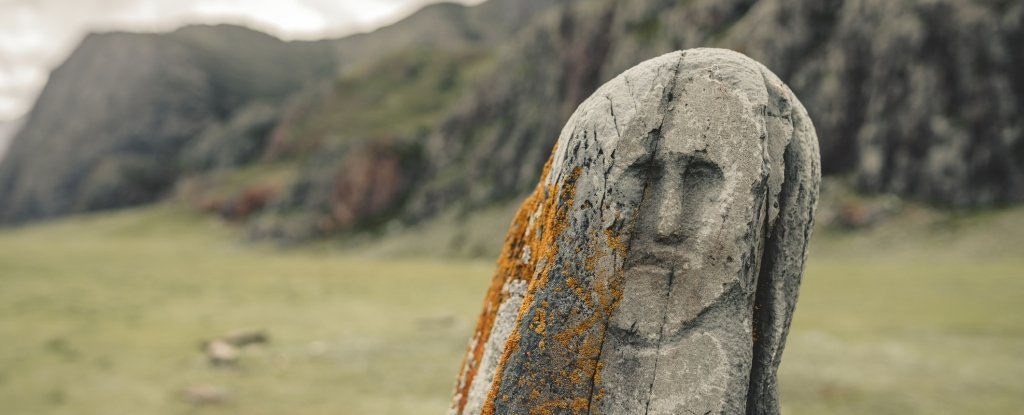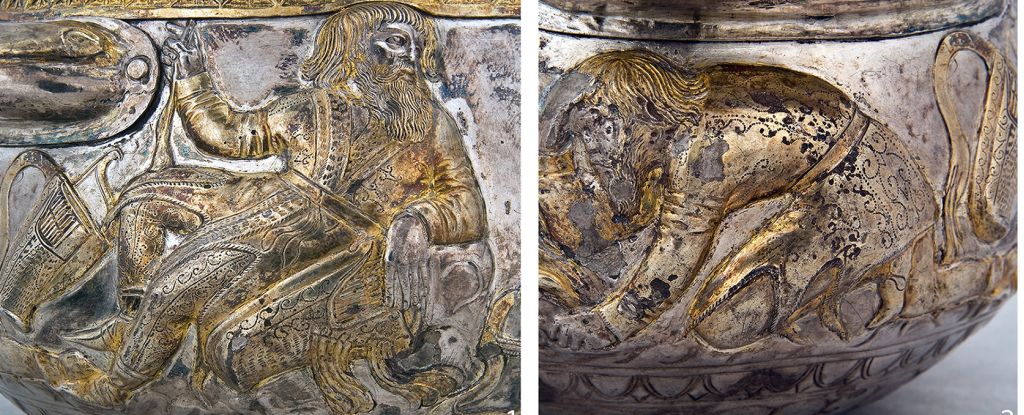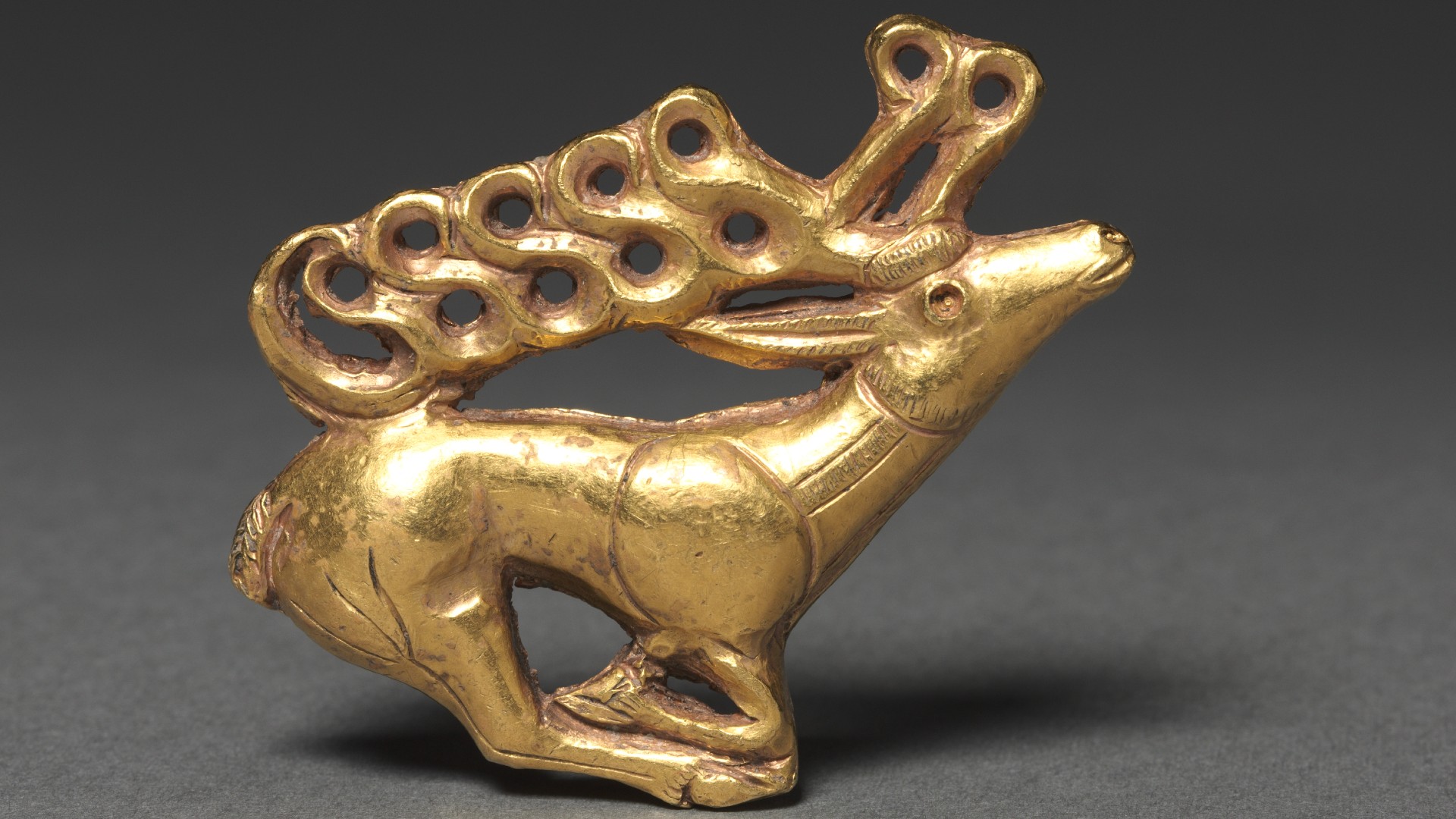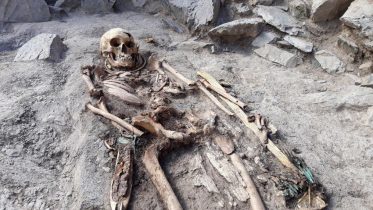
Scythians
The Scythians or Scyths, also known as Saka and Sakae, and Ishkuzai or Askuzai, were an ancient nomadic people living primarily in the region known as Scythia, which today comprises the Eurasian steppes of Kazakhstan, the Russian steppes of the Siberian, Ural, Volga and Southern regions, and eastern Ukraine. Classical Scythians dominated the Pontic steppe from approximately the 7th century BC until the 3rd century BC. They can also be referred to as Pontic Scythians. They were part of the wider Scythian cultures, stretching across the Eurasian Steppe. In a broader sense, Scythians has also been used to designate all early Eurasian nomads, although the validity of such terminology is controversial. According to Di Cosmo, other terms such as "Early nomadic" would be preferable. Eastern members of the Scythian cultures are often specifically designated as Sakas.





